St. Goar is located below the dangerous rapids on the left bank of the middle Rhine in Rhineland-Palatinate, Germany.
Anyone who drives from the Hunsrück via Simmern to St. Goar sees first the Cat and the Mouse Castle, before taking the road down to the Rhine. Both castles are part of the sister town St. Goarshausen.
Please watch the video
You are currently viewing a placeholder content from YouTube. To access the actual content, click the button below. Please note that doing so will share data with third-party providers.
More InformationThe construction of Maus Castle (Mouse Castle), under the original name of St. Peterseck, was started by the Archbishop Bohemond II of Trier in 1356 and lasted 30 years.
It served to enforce the Rhine toll rights and to defend the borders of the territory of Trier against the Counts of Katzenelenbogen. In the late 14th Century it served temporarily residence of the Electors. Maus Castle is now privately owned, but guided tours are offered during the summer months.
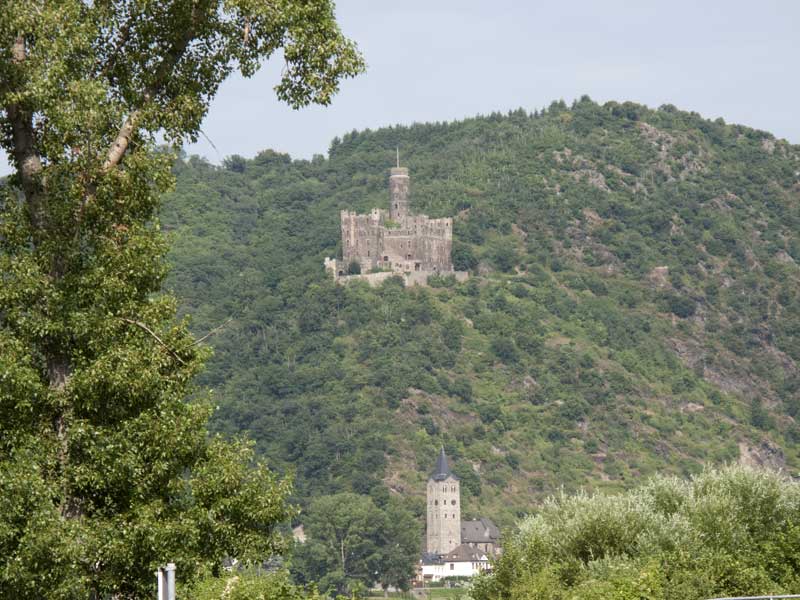
The Katz Castle (Cat Castle), originally named Castle Neukatzenelnbogen after the builder, the Count of Katzenelenbogen, who built the castle in 1371 as a toll castle for the ships sailing downstream.
Today Katz Castle is owned by Japanese proprietors and was place of action for the second of the Yoko Tsuno comic series – The organ of the devil.
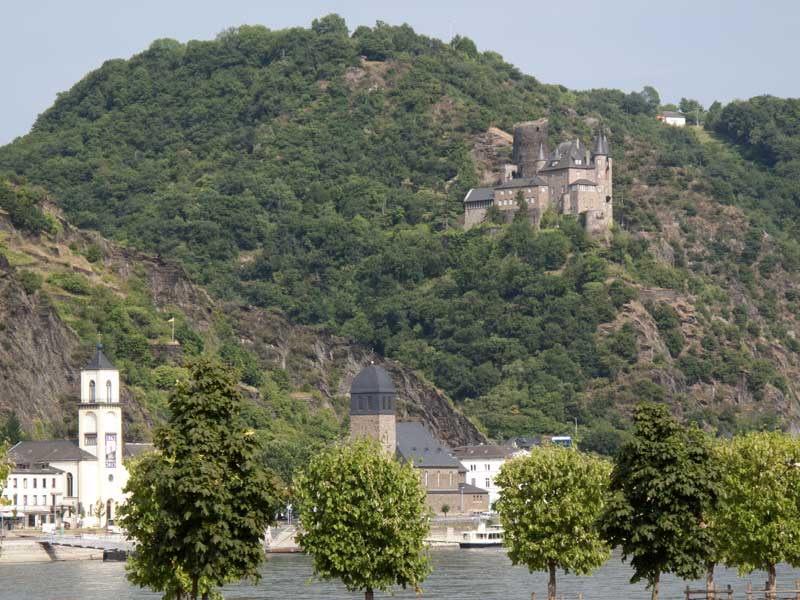
In 1245, after St Goar had received city rights, Count Diether V of Katzenelenbogen erected on the left bank Rheinfels Castle as toll Castle for ships sailing upstream. In the 17th Century the castle has been expanded to the largest fortification in the Middle Rhine Valley.
1794, the castle was surrendered without a fight to the French revolutionary troops and shortly thereafter blown up. Rheinfels Castle is the biggest castle complex at the Rhine and sits enthroned as landmark above the city of St. Goar.
Today, Rheinfels Castle is an attractive tourist destination and houses the Romantic Hotel Rheinfels Castle.

The settlement in this area started in Roman times. The foundation of the city dates back to the Holy Goar who settled here in 511 AD to Christianize the rural population.
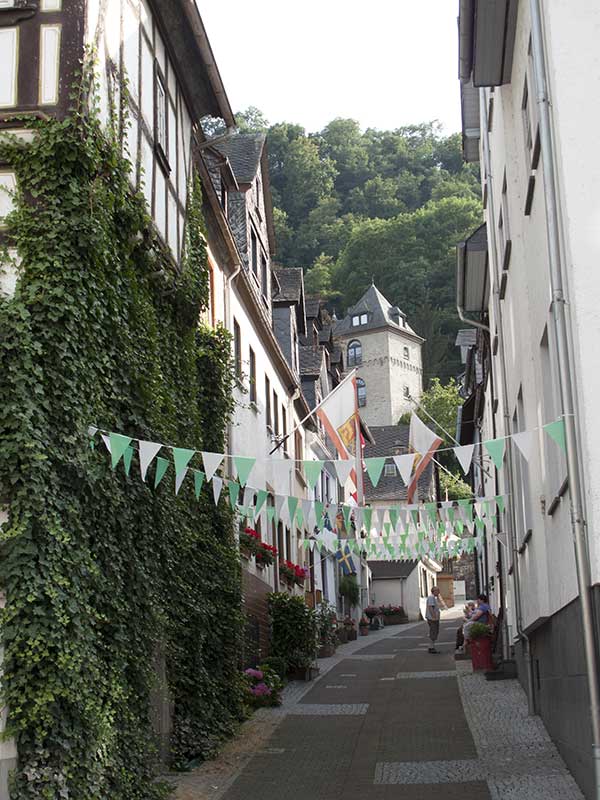
At that time, he built a hermitage, hospice and a chapel from which the monastery Sankt Goar emerged.
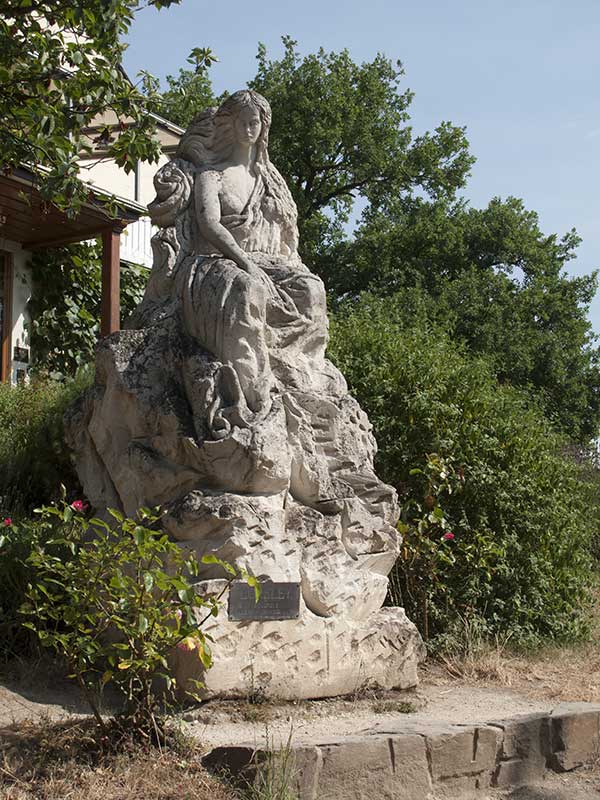
Just a few kilometers from St.Goarshausen lies the famous Loreley rock. Here is the narrowest part of the Rhine between Switzerland and the North Sea.
According to a legend, a beautiful mermaid sat on the rock and combed her golden hair. Her singing dragged the boatman into her spell.
The boatmen did not pay attention to the dangerous currents and the ships were wrecked on the rocks.
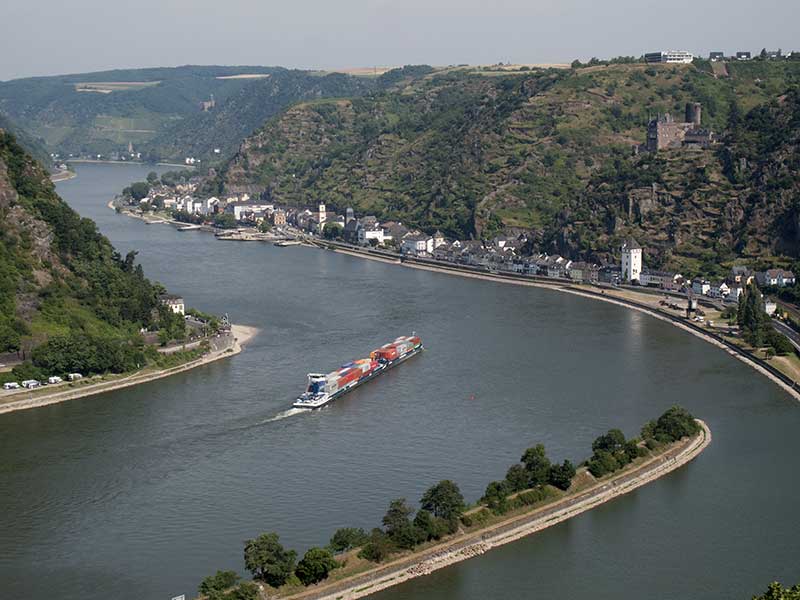
The entire section belongs to the UNESCO World Heritage Upper Middle Rhine Valley.
Text, photos and video: copyright © myVideoMedia